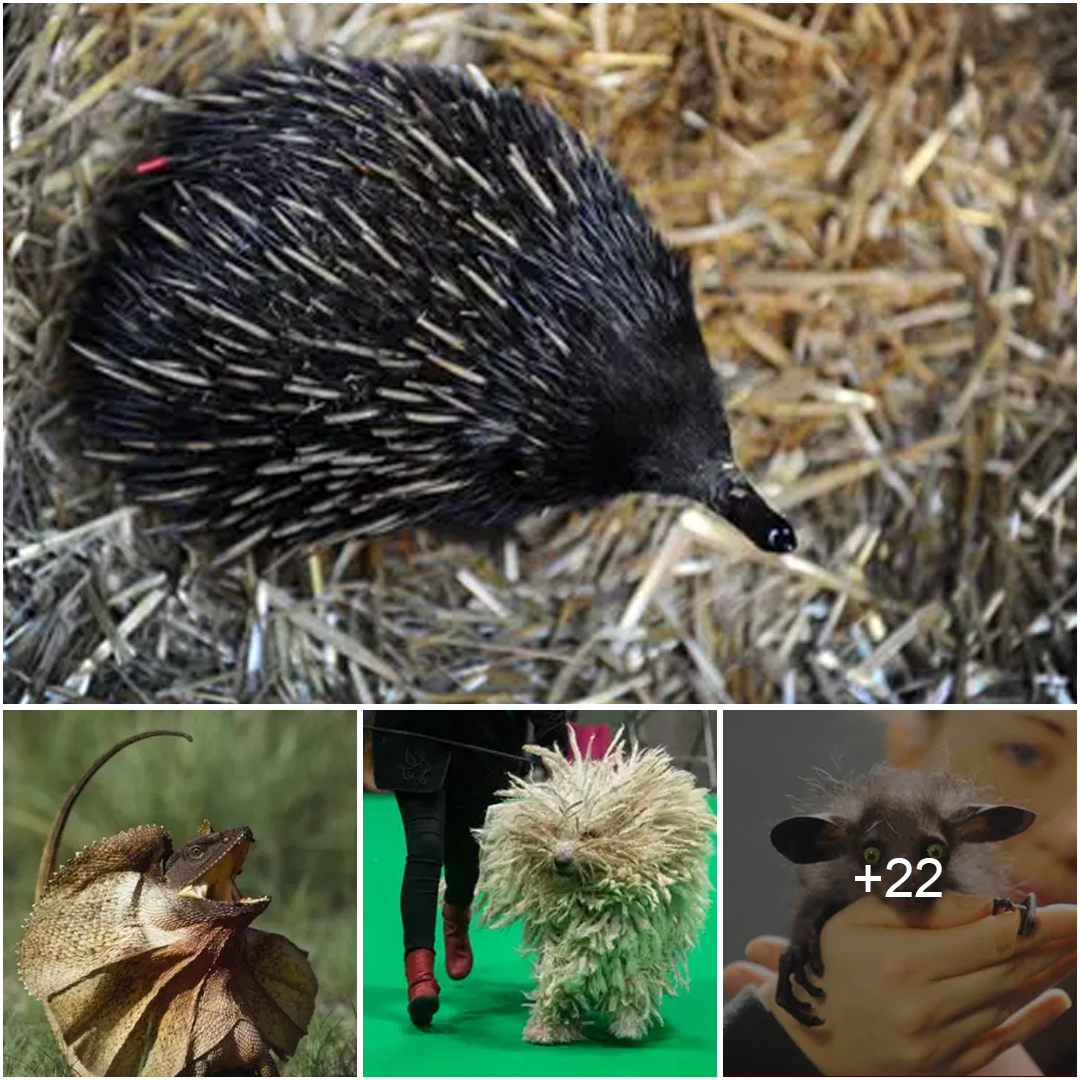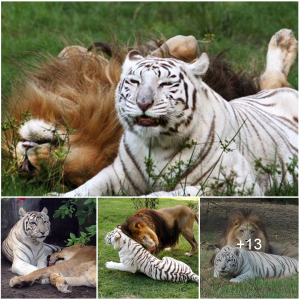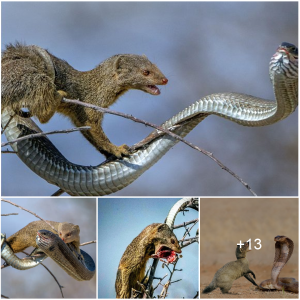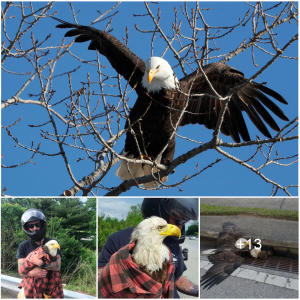
A menacing appearance with its giant frill, the frill-necked lizard, endemic to northern Australia and southern New Guinea, the docile, low-key critters are actually only interested in insects. (File photo)
A menacing appearance with its giant frill, the frill-necked lizard, endemic to northern Australia and southern New Guinea, the docile, low-key critters are actually only interested in insects. But plenty of animals are interested in the lizard, so it has adapted its body to ward off potential predators and has the ability to run extremely fast and are capable of running on just their hind legs when they pick up speed.
The Blobfish is a deep-sea fish which inhabits waters just above the sea bed at depths of 600 to 1,200 meters (2,000 to 3,900 feet), off the coasts of mainland Australia, New Zealand and Tasmania. (File photo)
The Blobfish is a deep-sea fish which inhabits waters just above the seabed at depths of 600 to 1,200 meters (2,000 to 3,900 feet), off the coasts of mainland Australia, New Zealand and Tasmania. The blobfish is a rather odd-looking fish out of water, but this is due to the strange adaptations to its preferred waters. While many fish use gas bladders to create buoyancy, the blobfish does it by being made up of gelatinous mass with a slightly lower density than water. The blobfish is also lacking in muscle, so much of its existence is spent floating along with the current and eating whatever floats right in front of it.
The goblin shark is a rare species of deep-sea shark and the only extant representative of the Mitsukurinidae family, a lineage some 125 million years old. (File photo)
The goblin shark is a rare species of deep-sea shark and the only extant representative of the Mitsukurinidae family, a lineage some 125 million years old. This pink-skinned animal has a a long, pointy snout and crooked, nail-like teeth and can move incredibly fast. It is usually between 3 and 4 m (10 and 13 ft) long when mature, though it can grow considerably larger such as one captured in 2000 that is thought to have measured 6 m (20 ft).
A woman runs with her Komondor dog as its judged in a show ring on the second day of the Crufts dog show at the National Exhibition Centre in Birmingham, central England, on March 8, 2019. (File photo: AFP)
The Komondor, also known as the Hungarian sheepdog, is a large, white-colored Hungarian breed of livestock guardian dog with long, noticeably corded white looks like dreadlocks or a mop. The coat is soft and feathery. But the coat is curly and tends to twist as the puppy matures. A fully mature coat is shaped naturally from the soft basecoat and the coarser outer coat uniting to form fringes.
An echidna is displayed by wildlife personnel at Martin Place public square in Sydney’s central district as Australia’s zoo and aquarium association celebrate the National Threatened Species Day on September 7, 2012. (File photo: AFP)
The first of a number of Australian animals on this list, the echidna, sometimes known as spiny anteaters, is one of two members of the monotreme order of mammals, which means that it does not birth live young, but lays eggs. They are covered in spines, and have long snouts lined with electroreceptors, a feature only found on land in echidnas and platypuses.
Overseer of small mammals at Bristol Zoo Gardens Caroline Brown with the young aye aye named Raz, (Daubentonia madagascariensis) in Bristol Zoo in Bristol, England, Wednesday Jan. 9, 2007. The aye aye is only the second of his species to be born in Britain. The rare species of lemur, hunted to near-extinction and seen as a bad omen in its native Madagascar, has been born at the Zoo. (File photo: AP Photo)
With bulging eyes, giant ears, and tufts of hair, the Aye-aye is a long-fingered lemur, a strepsirrhine primate native to Madagascar with rodent-like teeth that perpetually grow and a special thin middle finger. It is the world’s largest nocturnal primate. It is characterized by its unusual method of finding food: it taps on trees to find grubs, then gnaws holes in the wood using its forward-slanting incisors to create a small hole in which it inserts its narrow middle finger to pull the grubs o


